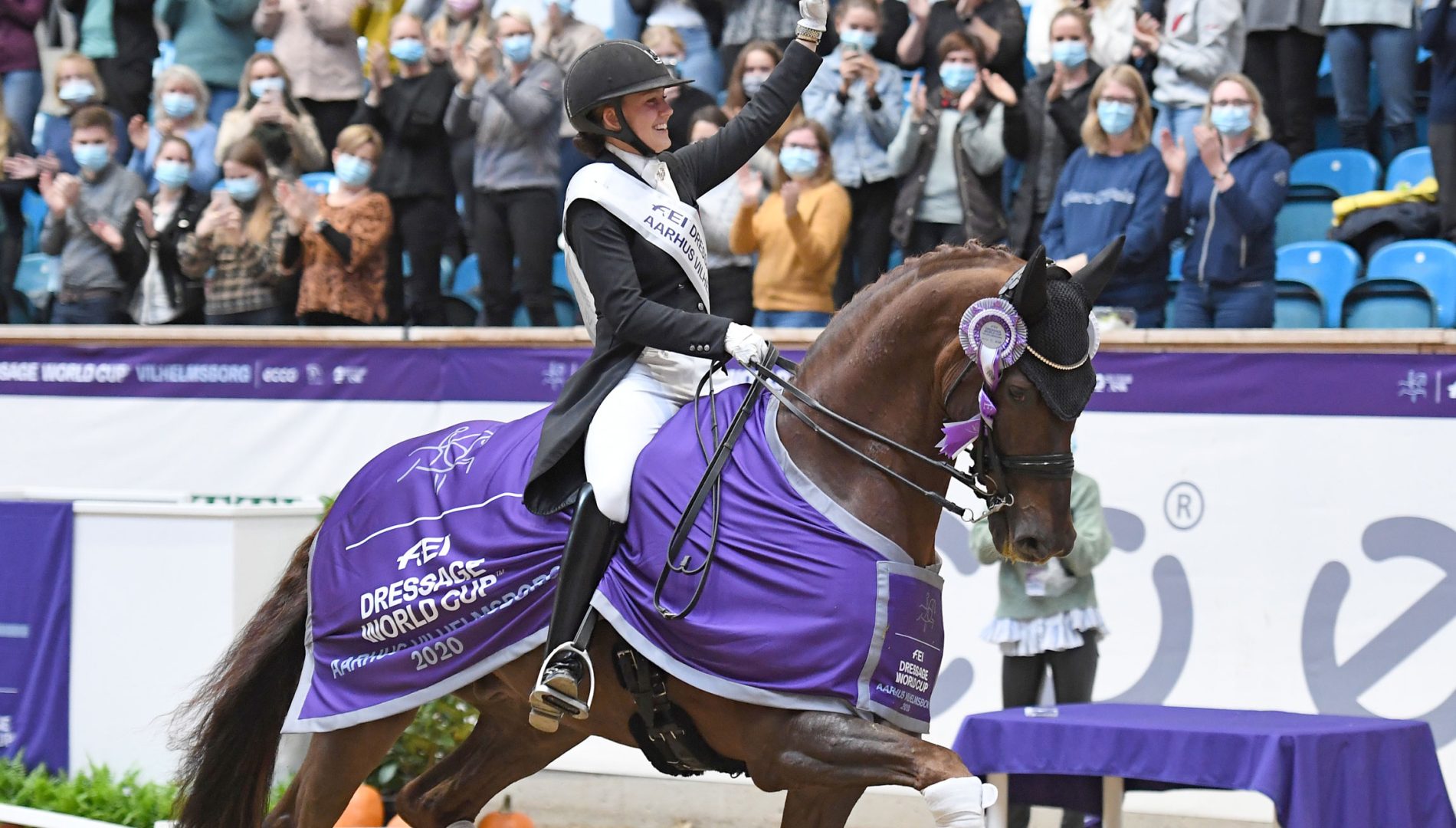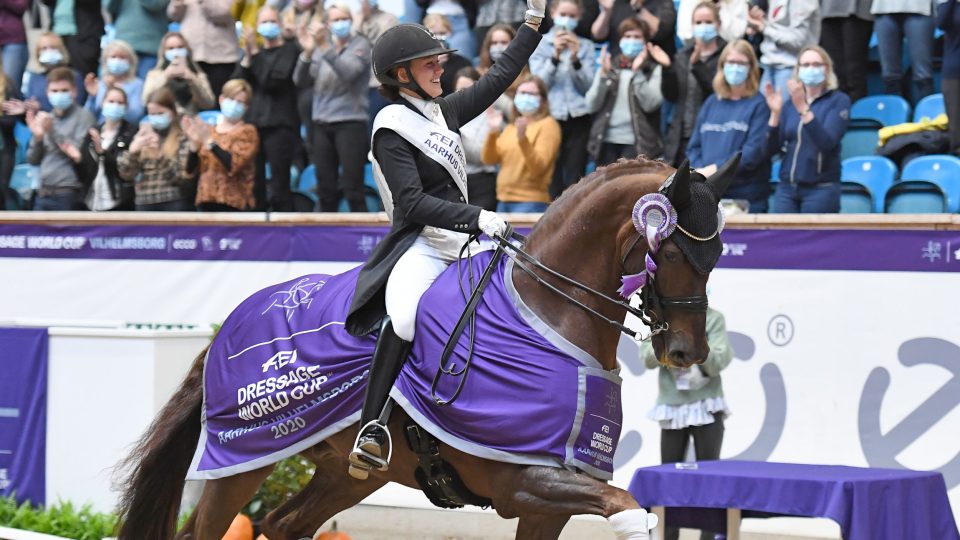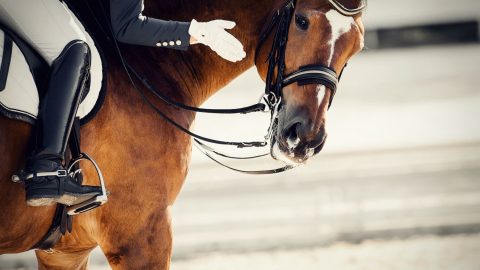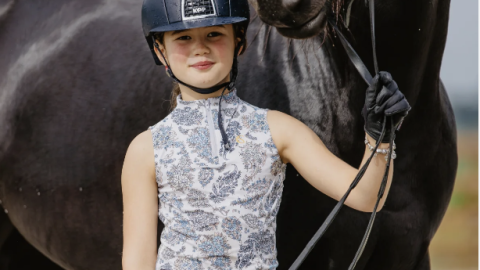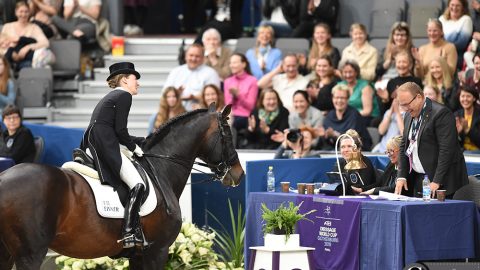It’s becoming increasingly common for dressage horse buyers to ask about a horse’s competition results before considering a purchase. They look for high scores, medals, and international show records. It’s understandable — results inspire confidence.
But to what extent do these results reflect the horse’s true quality and future potential in your own context?
Results: Just a Snapshot
A competition result is simply a snapshot of what happened on a specific day, in a particular arena, under certain conditions — and most importantly: with a specific rider.
In other words, the result reflects a particular horse-rider combination. Not the horse alone.
So the key question is:
Will that horse deliver the same results when it changes hands?
Our experience says: not necessarily.
It’s Not Just the Rider-Horse Partnership
Results depend on the synergy between horse and rider, yes — but also on the entire support system behind that partnership:
- The trainer
- The veterinarian
- The farrier
- The equine nutritionist
- The physio
- The facilities where the horse lives and trains
If any of these elements change — and especially if several change at once — performance can drop significantly.
A Real Case That Says It All
At Gallery Horse, we’ve witnessed this firsthand.
A few years ago, one of our clients purchased one of the top mares in Europe.
She had excellent international results in the Small Tour, ridden by a skilled professional and supported by a top-level team. She trained in superb facilities.
However, things changed dramatically once she arrived at her new home.
She was moved into a box that was too small.
The arena surface was beach sand.
Her new rider was an amateur.
The trainer lacked experience with horses at that level.
Within days, the mare began to shut down. She simply stopped progressing.
We carefully reviewed the situation and realized: the horse hadn’t changed.
What had changed was everything around her.
The Takeaway
Buying a horse based solely on competition results can be misleading.
Those results only reflect performance in one very specific setting.
When choosing a horse, you need to consider:
- Your experience as a rider
- Your current trainer and support team
- The facilities where the horse will train
- Your lifestyle and goals
- Your ability to maintain the horse’s needs long-term
At Gallery Horse, we truly believe in finding the right horse for you.
Not necessarily the one with the highest scores, but the one most likely to grow and succeed with you — in your real, everyday situation.
Because true success doesn’t lie in the horse’s résumé — it lies in what you and your horse can build together.
